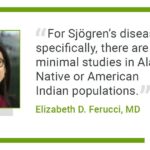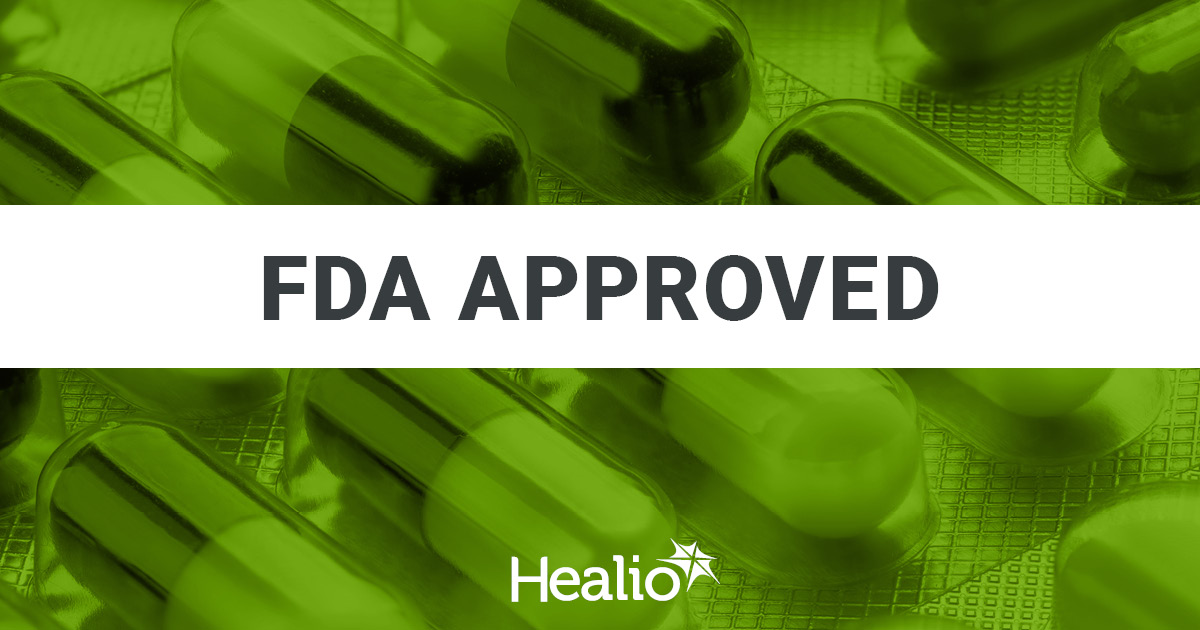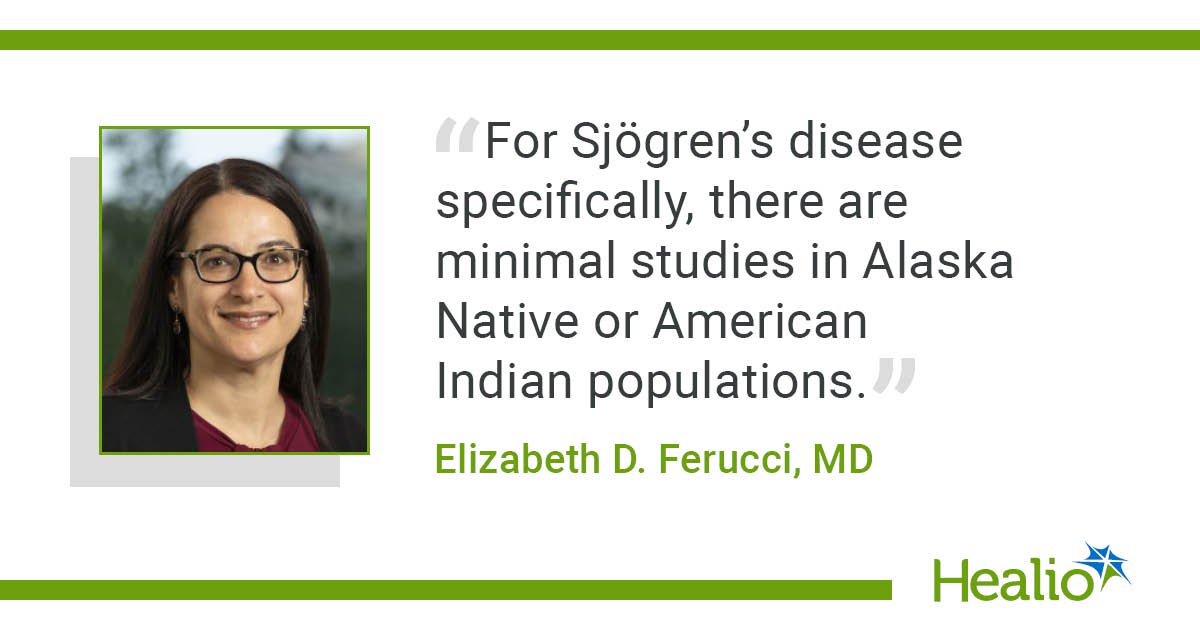October 09, 2025
3 min read
Key takeaways:
- The FDA based nerandomilast’s approval on results from two trials, one of which was the FIBRONEER-IPF trial.
- This marks the first treatment approved for patients with IPF in more than a decade.
The FDA granted approval to nerandomilast, now Jascayd, for treating adults with idiopathic pulmonary fibrosis, marking the first treatment approved for this indication in more than 10 years, according to a notice from FDA.
In a press release from Jascayd’s manufacturer Boehringer Ingelheim, the company said the FDA’s decision on the phosphodiesterase 4B inhibitor was, in part, based on findings from the FIBRONEER-IPF trial and Trial 2.

The FDA granted approval to nerandomilast, now Jascayd, for treating adults with idiopathic pulmonary fibrosis.
The multicenter, randomized, double-blind, placebo-controlled FIBRONEER-IPF trial was published in The New England Journal of Medicine in May 2025 and presented at the 2025 American Thoracic Society International Conference.
In the phase 3 FIBRONEER-IPF study, adults aged 40 years or older with IPF receiving twice-daily, oral 18 mg Jascayd vs. placebo for 52 weeks had a significantly smaller degree of FVC decline (adjusted mean change, –114.7 mL vs. –183.5 mL; adjusted difference, 68.8 mL; 95% CI, 30.3-107.4; P < .001).
Similarly, a significantly smaller FVC reduction was found in those receiving 9 mg Jascayd vs. placebo (–138.6 mL vs. –183.5 mL; adjusted difference, 44.9 mL; 95% CI, 6.4-83.3; P = .02), according to the study.
Researchers continued to report less FVC decline in the subgroup of patients who used nintedanib (n = 535), with smaller FVC reductions in those receiving Jascayd vs. placebo (18 mg, –118.5 mL; 9 mg, –130.7 mL vs. –191.6 mL).
Patients in the pirfenidone subgroup (n = 380) receiving 18 mg Jascayd also had a smaller degree of FVC decline between baseline and week 52 vs. patients receiving placebo (–133.7 mL vs. –197 mL), but this was not the case when researchers compared the 9 mg Jascayd group with the placebo group (–201.8 mL vs. –197 mL).
“Jascayd dosage may be reduced for intolerability to 9 mg twice daily, expect in patients also taking pirfenidone,” the FDA wrote in its release.
Switching to Trial 2, which also included adults aged 40 years or older with IPF, Boehringer Ingelheim highlighted that the twice-daily oral 18 mg Jascayd group vs. the placebo group had a reduction in FVC decline of 91 mL at week 12.
In terms of safety, the FIBRONEER-IPF trial reported that a greater proportion of patients receiving either dose of Jascayd vs. placebo experienced diarrhea (18 mg, 41.3%; 9 mg, 31.3% vs. 16%).
The FDA and Boehringer Ingelheim further noted that COVID-19, upper respiratory tract infection, depression, decreased weight, decreased appetite, nausea, fatigue, headache, vomiting, back pain and dizziness were the most frequent side effects of Jascayd treatment.
In the FIBRONEER-IPF trial, slightly more patients receiving 18 mg and 9 mg Jascayd had to permanently discontinue treatment due to an adverse event vs. patients receiving placebo (14% and 11.7% vs. 10.7%). Additionally, researchers found that diarrhea was the adverse event commonly behind these discontinuations (6.1% and 1.8% vs. 0.5%).
Notably, both the 18 mg and 9 mg oral doses of Jascayd have also been shown to lower FVC decline vs. placebo at week 52 in patients with progressive pulmonary fibrosis in the phase 3 FIBRONEER-ILD trial.
“Jascayd is a welcome new treatment option with a well-tolerated safety profile for physicians to consider for appropriate patients,” Toby Maher, MD, PhD, professor of clinical medicine at the USC Los Angeles Keck School of Medicine and author on the FIBRONEER trials, said in the Boehringer Ingelheim release.










